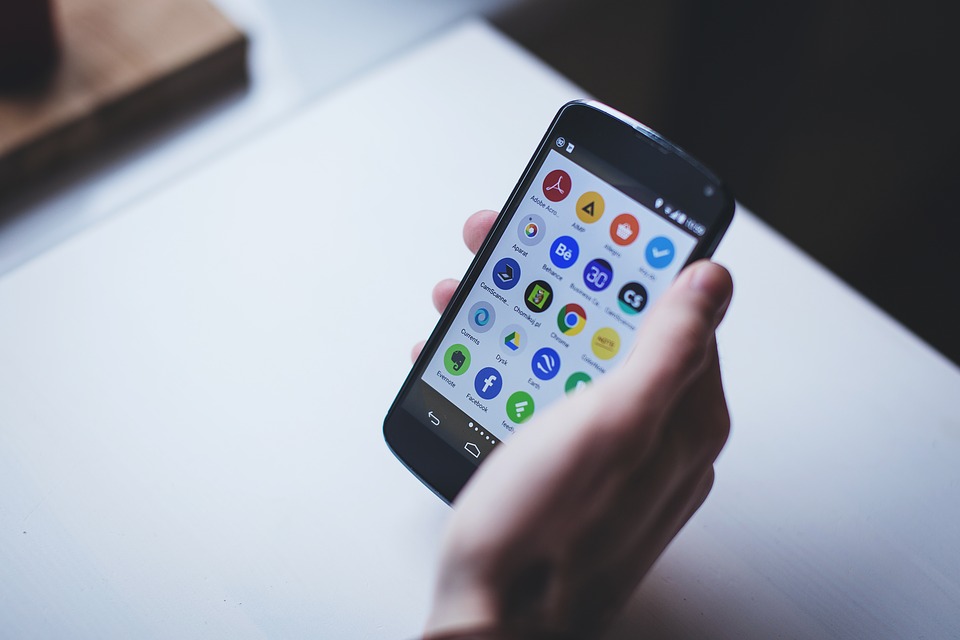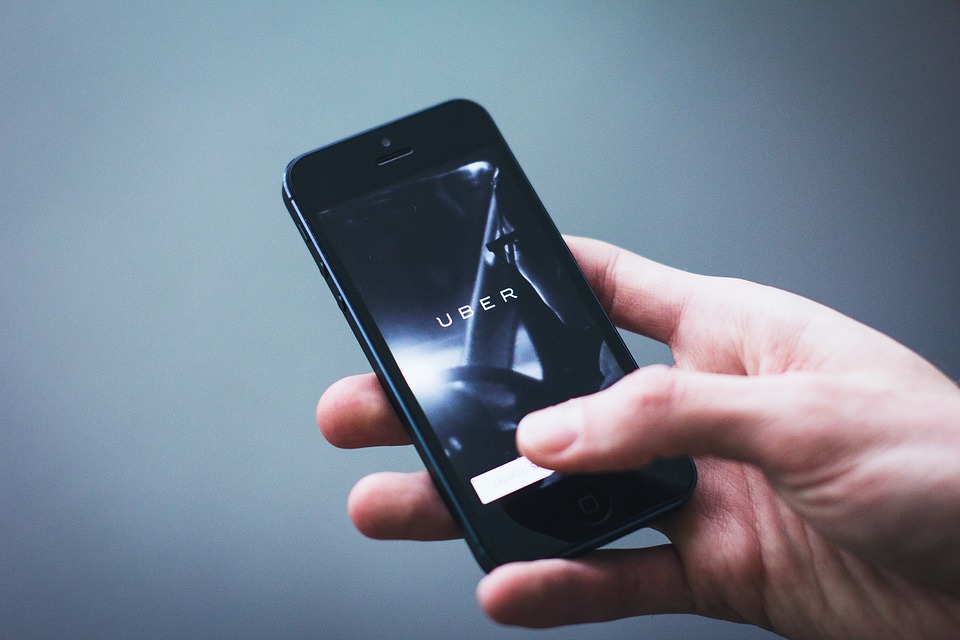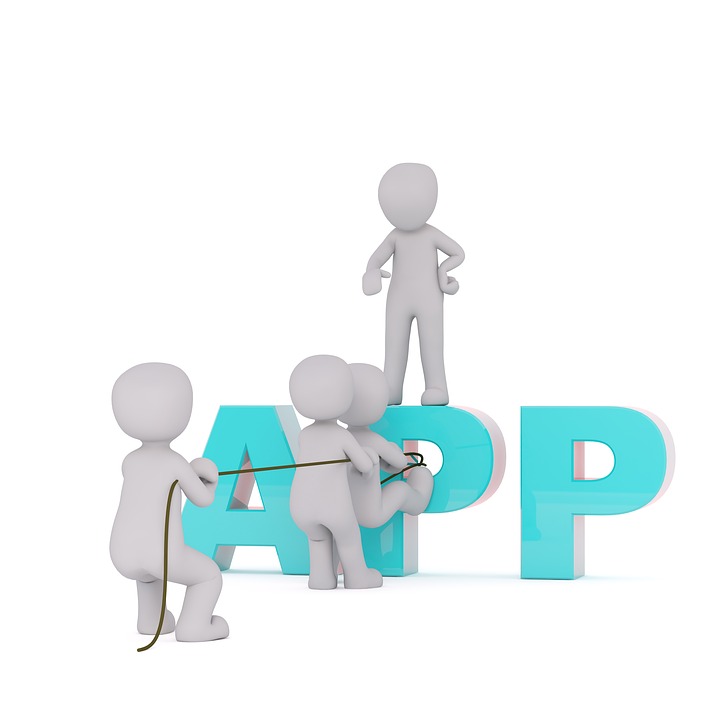History of Mobile Apps
What Will Be The Future Of Mobile Apps?
In recent times, everyone remains fascinated with the recent developments in technology, notably mobiles. Apps have become the major focus of many businesses all over the world. As they say, 2016 was the year of apps, with every single online business trying to release their app on the internet to garner more customers.

Especially, within the last five years, the smartphone users’ population has risen to billions and with it, the popularity of the apps has also gone up. As per a survey, millennials use their smartphones not only for texting, calling but also for various reasons, many times a day. The use has been found to be greater with youths in the age group of 15 to 24.
It is a fact that apps will continue to be a major force in the digital world. The two app stores, Apple and Google, have more than 5 million apps among them. There is an app for every part and aspect of life, ranging from sports to parental health. The trend will definitely continue, but will that be the end of mobile apps? No one can predict the future of technology. After all, how many wise men predicted that a social media platform such as Facebook will come and change the relationship equations of the world? Yet, as per science experts, the future can boil down to the below-mentioned trends.
Types of Mobile Apps
1. Native Mobile Apps
As the name implies, it is an app created with a programming language (Java for Android; Objective C for iOS). Specially designed for a particular platform and programmed to give high performance and the best customer experience.
2. Hybrid Mobile Apps
Similar to the word combination in its title, these apps are prepared out of combining technologies such as JavaScript, CSS, and HTML. You can use them on a web browser. Before two years, HTML 5 attracted a lot of attention from companies such as LinkedIn and Xerox. But the trend has changed once again, and the focus has again shifted to native apps.
3. Web Apps
This app is divided into three types – adaptive, responsive, and traditional. The traditional web apps represent websites, the responsive apps adjust their size as per your mobile. These apps can be prepared not only from a single popular language but also a mash-up of programming languages.

The Future of Mobile Apps
1. Augmented Reality Will Play the Game Changer
Augmented Reality (AR) and Virtual Reality (VR) have already made an impact in the gaming industry with games like Pokémon Go and Sky Siege. Moving forward, AR and VR will find applications in other sectors like healthcare, engineering, retail, and real estate.
2. IoT/Wearable Devices Will Get Popular
The Internet of Things (IoT) is expected to rise, potentially connecting billions of devices by 2021. Smart appliances, toys, and wearable devices will likely integrate with smartphones for control and usage.
3. M-Commerce
The trend of mobile payments, such as Apple Pay and Google Wallet, is on the rise. The future might see even more advanced payment systems involving wearables like smartwatches.
4. Cloud-Based Mobile Apps
Cloud-driven apps are expected to dominate, allowing smaller storage footprints while accessing data from the cloud efficiently.
5. Enterprise Apps Will Become More Popular
Enterprise apps like CRM and logistics apps are likely to evolve further, focusing on enhancing customer satisfaction and experience.
6. Controlling Apps
Technologies like Apple’s iBeacon and Google’s Beacon are examples of controlling apps, enabling the management of devices for business benefits.

Conclusion
Change is permanent – Proverb
There will always be changes in the technical field, reshaping mobile apps. Businesses need to embrace these trends to stay competitive. Apps might split into specialized versions to cater to user needs, such as Facebook’s transition to Facebook Messenger.
The rise of playable ads and chatbots represents a significant revolution, enhancing user engagement and providing round-the-clock assistance.

The present generation of mobile app developers is busy designing the perfect model that can allow more benefits to the customers in terms of personalization. However, one cannot predict the future with conviction.





